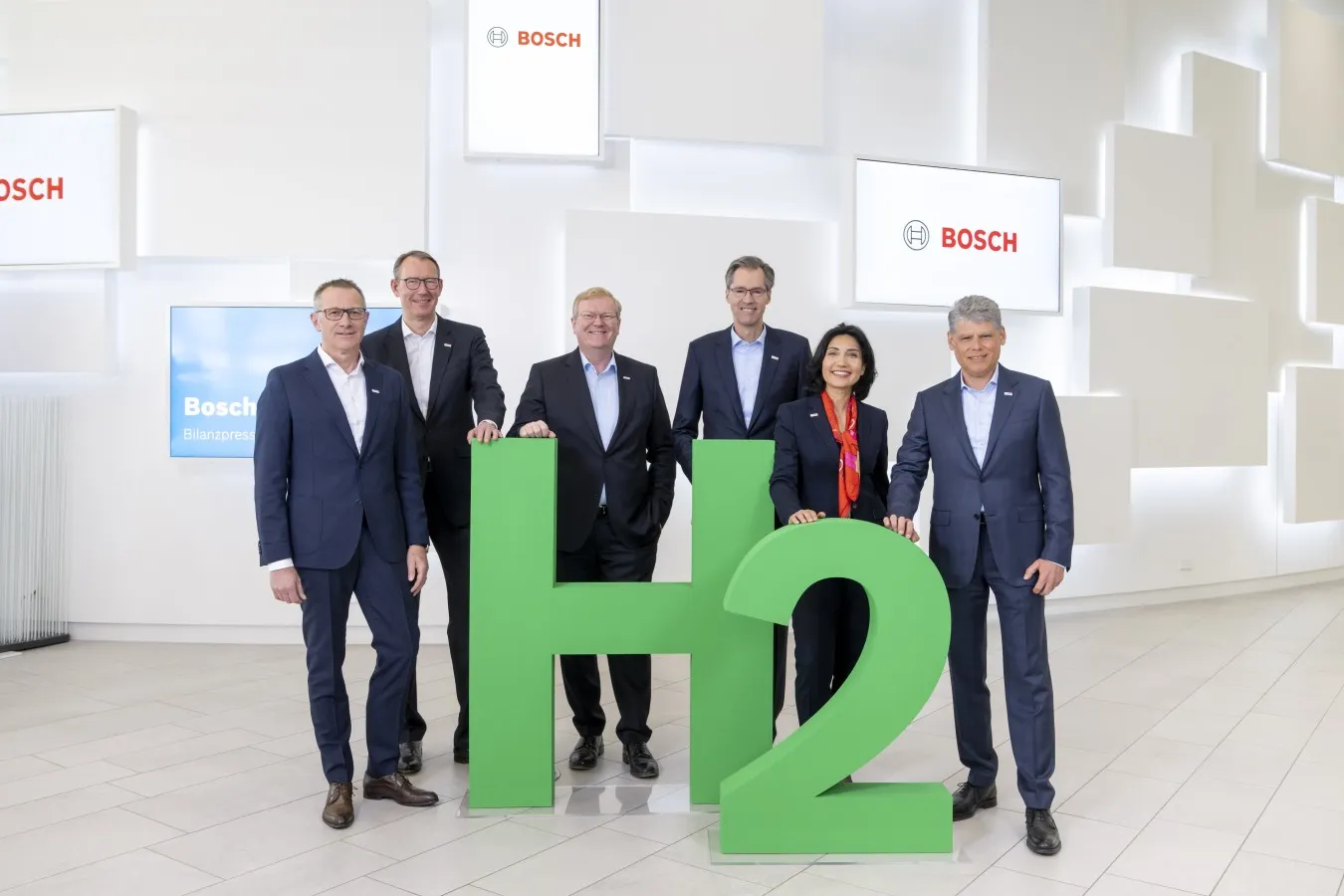Following 'dieselgate', the previously lax automobile emission testing procedures tightened and all European original equipment manufacturers (OEMs) are now required to implement real driving emissions (RDE). In September, RDE testing will have a conformity factor of 2.1, which will change to 1.5 by September 2021. OEMs will be more transparent with their testing methods and results. After the implementation of RDE, adoption of World Harmonisation Light Vehicle Test Procedure (WLTP) will be simpler.
The
February 15, 2017
Read time: 2 mins
Following 'dieselgate', the previously lax automobile emission testing procedures tightened and all European original equipment manufacturers (OEMs) are now required to implement real driving emissions (RDE). In September, RDE testing will have a conformity factor of 2.1, which will change to 1.5 by September 2021. OEMs will be more transparent with their testing methods and results. After the implementation of RDE, adoption of World Harmonisation Light Vehicle Test Procedure (WLTP) will be simpler.
The European Union is currently focused on standardising testing procedures globally. Testing procedures such as RDE, WLTP and New European Driving Cycle (NEDC) will help the United Nations Economic Commission for Europe (UNECE) and Automobile Manufacturers' Association (ACEA) regulate and lower emission levels for all OEMs in highly urbanised areas.
“Shifting from NEDC to RDE is a critical step as real driving conditions will have a greater impact on powertrain technologies,” said2097 Frost & Sullivan mobility research analyst Arvind Noel Xavier Leo. “OEMs will have to look at alternative technologies as well as optimise existing technologies to meet the requirements of the RDE testing procedure.”
The research by Frost & Sullivan, Executive Analysis of Real Driving Emissions (RDE) and their Implementation, finds that the RDE phase-in and NEDC-WLTP dual testing will be implemented by 2017 in the EU, while markets such as California and China with strict emission regulations will adopt WLTP/RDE only after its implementation in Europe. Related topics in this subscription include WLTP, LED PMA policy, powertrain and EV, hybrid-electric truck and bus, and e-hailing.
One of the biggest challenges in the shift towards advanced powertrain technologies is the high costs. The shift is also a test of technical service providers' capability to adjust to the changes; service providers such as AVL, Ricardo, Continental, ICCT and Bosch have been enhancing their technologies to examine and certify OEMs' vehicles, developing low production cost technologies.
“OEMs are investing heavily in developing low production cost technologies to be implemented in their fleet. Adopting WLTP/RDE will drive improvements such as downsizing, multiple boosting systems, direct injection engines, hybridisation and exhaust systems,” noted Leo. “OEMs will look to optimize these technologies to obtain uncompromised results in RDE.”
The European Union is currently focused on standardising testing procedures globally. Testing procedures such as RDE, WLTP and New European Driving Cycle (NEDC) will help the United Nations Economic Commission for Europe (UNECE) and Automobile Manufacturers' Association (ACEA) regulate and lower emission levels for all OEMs in highly urbanised areas.
“Shifting from NEDC to RDE is a critical step as real driving conditions will have a greater impact on powertrain technologies,” said
The research by Frost & Sullivan, Executive Analysis of Real Driving Emissions (RDE) and their Implementation, finds that the RDE phase-in and NEDC-WLTP dual testing will be implemented by 2017 in the EU, while markets such as California and China with strict emission regulations will adopt WLTP/RDE only after its implementation in Europe. Related topics in this subscription include WLTP, LED PMA policy, powertrain and EV, hybrid-electric truck and bus, and e-hailing.
One of the biggest challenges in the shift towards advanced powertrain technologies is the high costs. The shift is also a test of technical service providers' capability to adjust to the changes; service providers such as AVL, Ricardo, Continental, ICCT and Bosch have been enhancing their technologies to examine and certify OEMs' vehicles, developing low production cost technologies.
“OEMs are investing heavily in developing low production cost technologies to be implemented in their fleet. Adopting WLTP/RDE will drive improvements such as downsizing, multiple boosting systems, direct injection engines, hybridisation and exhaust systems,” noted Leo. “OEMs will look to optimize these technologies to obtain uncompromised results in RDE.”







